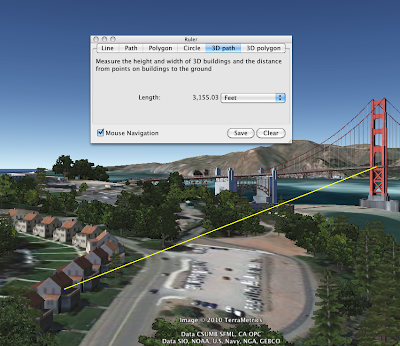
Burton Snowboards has used the Google Maps for Flash API to provide an impressive store locator.
Using the store locator you can find a Burton store near you by entering your address in the search box. The stores closest to your address are then listed in the map sidebar. If you click on one of the listed stores the map pans and rotates to show the chosen store.
The information window for each store includes the name and address of the store and a link to get directions to the store.




